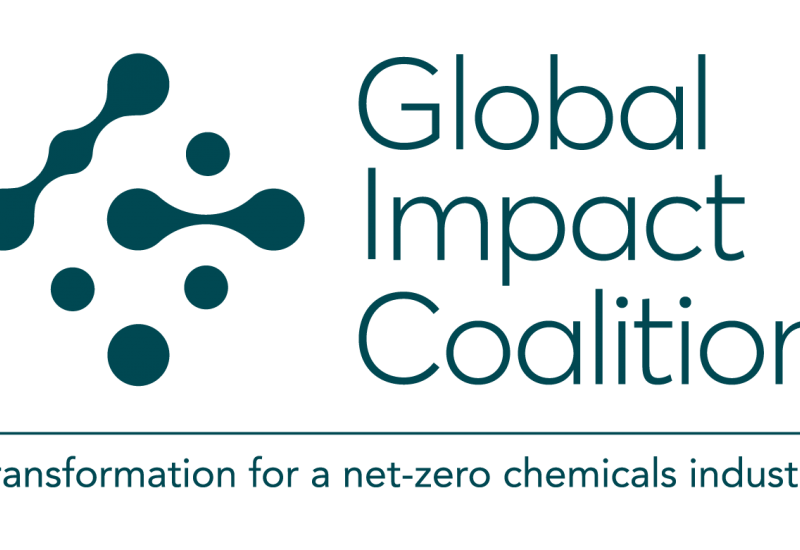FEATURE ARTICLE: Designing for degradation - The end of ‘forever chemicals’
Nina Kaun, director of product management at Elsevier, looks at the urgent need to turn away from PFAS
As the climate crisis deepens and our understanding of chemical lifecycles improves, chemical companies have come under increasing consumer pressure to ensure that their products are not just efficient but also environmentally friendly. This pressure has been one of the driving forces behind the Green Chemistry movement and one of the key targets has been so-called ‘forever chemicals’, or chemicals that do not degrade naturally.
Since the 1940s, approximately 5,000 per- and polyfluoroalkyl substances (PFAS) have been widely used by companies, but only now is the full impact of their existence is being understood. As the dangers posed by forever chemicals has become more apparent, opposition has begun to harden and gain political traction, including Congressional hearings in the US on potential human and environmental impacts.
These hearings have largely focused on mitigating and paying for damage that has already been done. However it is clear that further regulation is not just possibly but likely. In order to get ahead of the game, the industry urgently needs to realign production with one of Green Chemistry’s key principles, namely designing for degradation.
What’s all the PFAS about?
Forever chemicals are incredibly prevalent in modern society. Just some of the places they can be found include:
* Non-stick pots and pans
* Grease-resistant food packaging (e.g. microwave popcorn bags or pizza boxes)
* Water-resistant clothes
* Cleaning products
* Shampoo
* Paints
* Varnishes
* Sealants
The factor that unites all of these forever chemicals is the C-F bond that forms their molecular backbone. This is one of the most powerful bonds in organic chemistry and means that, while other chemicals are broken down by factors like heat, sunlight, or water, PFAS chemicals remain unaffected.
How long it would take PFAS chemicals to degrade naturally is unknown. Some experts suggest that it could be millennia. Worse, these chemicals have been linked with everything from immune system issues to thyroid, kidney, and reproductive problems.
The regulation generation
Increasing public awareness about the long-term effects of PFAS chemicals has resulted in growing public pressure for greater regulation. In Europe, Denmark recently became the first country to institute a countrywide ban on PFAS, while in the US the EPA will be announcing a nationwide action plan before the end of the year.
The new regulations are likely to set greater obligations on states, communities, and chemical manufacturing companies around the monitoring, clean up, and risk communication of PFAS chemicals. As of now, the Danish regime is the most stringent, but other countries may well soon follow suit, particularly as more research on the health impacts is published.
Not only do chemical manufacturing firms need to be clear about the regulatory nuances in each market and how this affects their key product lines, but they also need to know how potential new regulation, as well as deregulation, could affect them and what steps they need to take to prepare.
Degradation innovation
Although this might sound incredibly onerous, the importance of innovation cannot be overstated. On average, 40% of chemical company profits come from products created in the last three years, a figure that could go even higher as pressure on phase out forever chemicals grows.
However, this will only apply to those organisations who are able to effectively focus their research on greener alternatives – such as compostable plastics made from sugar cane fibres or polyactic acid – that are designed to degrade naturally once used. This is easier said than done, of course, with many chemical manufacturing firms struggling to optimise their research programmes and accelerate the innovation process when it comes to developing greener alternatives.
On top of this, firms have to balance their environmental efforts with the need for new products and solutions to remain commercial viable, adding another layer of complexity. This dilemma is one of the key drivers behind the push towards digital transformation happening across the industry.
Unfortunately, the digital transformation process is proving to be a more difficult transition than anticipated. This is because years of legacy IT infrastructure has left data spread out both internally and with third-party partners, with data quality varying wildly from project to project.
As a result, researchers are often unsure about whether the data they are accessing is outdated, inconsistent, or untrustworthy. Worse, valuable information that would help advance their work is frequently either stored in separate, incompatible silos, or is not available in a searchable format.
A holistic approach
In order to address these issues, enterprises need to deploy digital solutions that work across the whole product lifecycle, capable of allowing researchers to aggregate and integrate, visualise and analyse, collaborate and innovate. If researchers are to make real progress on phasing out forever chemicals, they need to be able to easily and seamlessly gather, search and analyse all available data, whether it be internal, external, or open source.
Innovation has always been the key to competitive survival for chemicals companies but the growing anti-PFAS movement, as evidenced by increasing regulation and the emergence of US-based organisations like Fidra, demonstrates just how critical green chemistry innovation will be in the coming decades.
Companies need to focus on phasing out forever chemicals as quickly as possible, because many previously profitable products are set to quickly become obsolete. Those who will fully embrace the digital transformation, making maximum use of available information and adopting the proper tools, will be able to accelerate the development of new products, designed in accordance with green chemistry principles.
Contact:
Nina Kaun
Elsevier
www.elsevier.com















